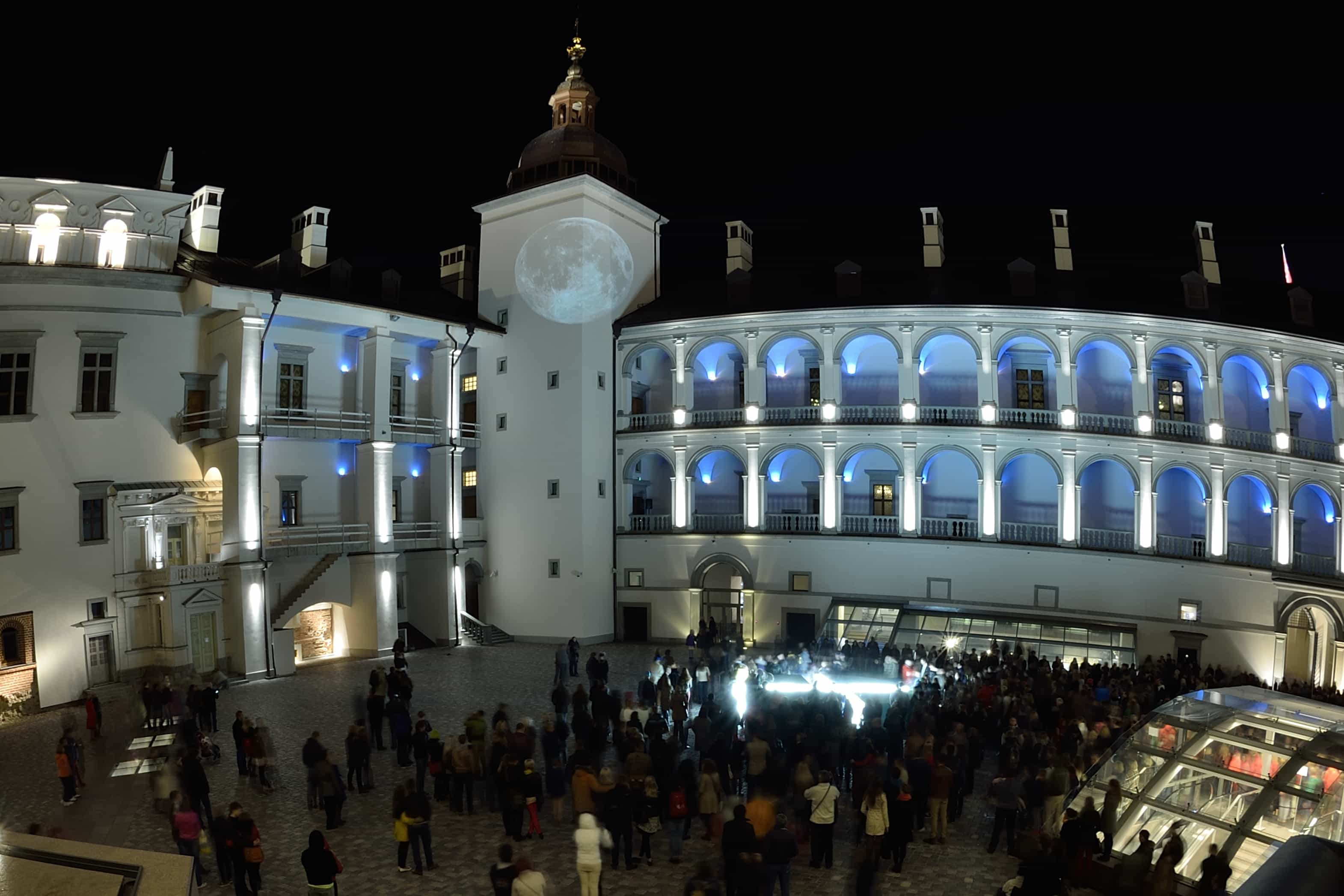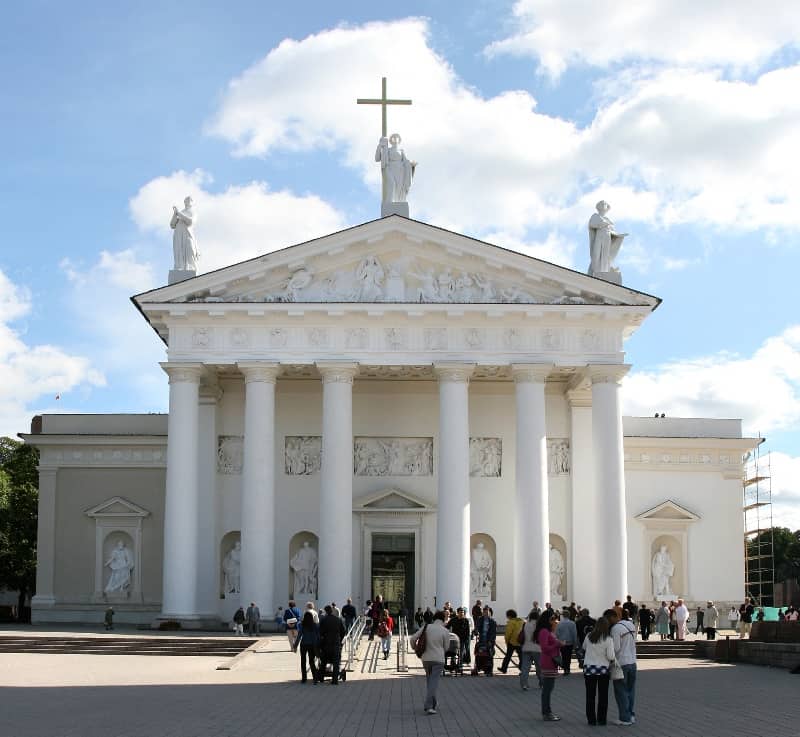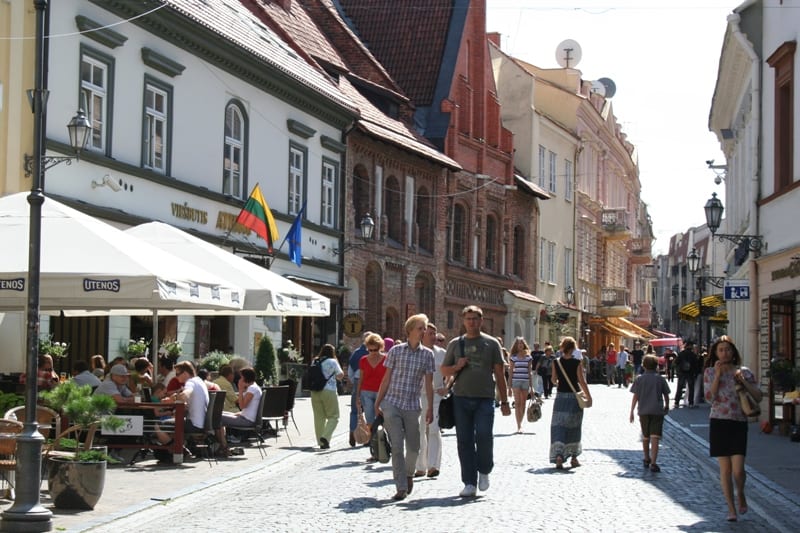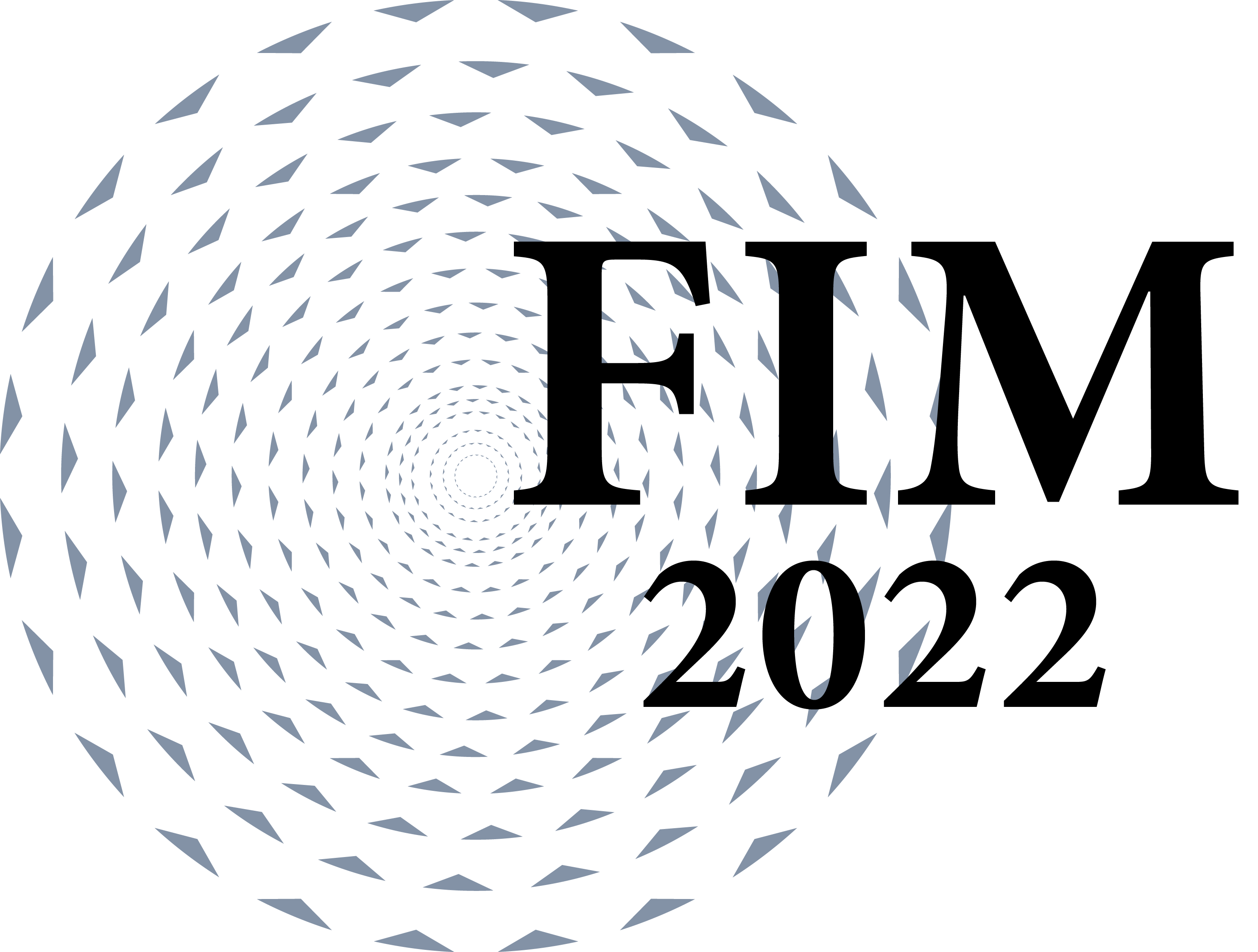Vilnius, as the capital of Lithuania, is the home of the President, the Seimas, the Government and the Supreme Court. Diplomatic missions, educational, cultural, financial, research, and healthcare institutions are based here.
Population: 543 626 inhabitants
Ethnic Composition: Lithuanians 63.2%, Polish 16.5%, Russians 12%, Belarusians 3.5%, Others 4.8% (2011)
Location/ Territory: The capital city Vilnius occupies an area of about 400 sq. km of which 20.2% approximately is developed and the remainder is green belt (43.9% approx.) and water (2.1% approx.).
Language: Lithuanian
Religion: Roman Catholic 77.2%, Russian Orthodox 4.1%, Old Believer 0.8%, Evangelical Lutheran 0.6%, Evangelical Reformist 0.2%, other 0.8%
Government: Mayor
Currency: Euro
Local Time: GMT + 2 hours (EET), GMT + 3 hour (summer time)
Working Hours: Governmental institutions work from 8 a.m. to 5 p.m. Monday – Friday. Shops are usually open from 10 a.m. to 6 p.m. or 7 p.m. on weekdays and until 3 p.m. or 4 p.m. on Saturdays. Shopping malls are open all week from 10 a.m. to 10 p.m. Food stores are usually open between 8 a.m. and 10 p.m., some supermarkets are open till 12 at night.
For more information: HERE
Palace of the Grand Dukes of Lithuania

The reconstructed Palace of the Grand Dukes of Lithuania, the former political, diplomatic, cultural center of the State, was one of the most famous in Europe in the 15th-17th centures and was demolished in the beginning of the 19th century. This Palace is excellent located just in the heart of Vilnius, within the confines of Lower Castle. Nowadays the Gothic, Renaissance and Early Baroque halls of this multifunctional Museum are ideally applicable to organize a different size and content public events, official visits, conferences, meetings, seminars, concerts, performances, receptions and other.
Cathedral Basilica

The Cathedral of St. Stanislav and St. Vladislav is the most important place of worship for Lithuania’s Catholics, and the venue for the country’s main Christian and national festivities.
In 1922, the Cathedral was granted the title of ‘Basilica’, by Pope Pius XI.
Many key figures in Lithuanian history are buried in the Sovereigns’ Mausoleum, which is located beneath the chapel of St. Casimir. Its vaults contain the remains of Vytautas The Great, the Grand Duke of Lithuania, and King Alexander of Poland. The vaults are not only restricted to kings, either – the two wives of Žygimantas Augustas, Queen Elisabeth of Austria and Queen Barbora Radvilaitė. The cathedral containing the ashes of King Vladislovas Vaza (Wladyslaw Vasa) are also buried here.
The cathedral’s original temple dates back to between the 13th or 15th century.
Pilies Street

Pilies Street is the oldest and most flamboyant street in the Old Town of Vilnius. The street appeared in place of the former road from Vilnius Castle to the south, towards Poland and Russia. This was the main road to the castle, with its branches finally turning into side streets. The name of Pilies Street was mentioned in historical annals as early as 1530.
Kings, legates of the Pope, and envoys from other countries passed this street on their way to the castle. Noblemen and rich citizens built their houses in Pilies Street. Vilnius University occupied a whole quarter of the city beside Pilies Street, and university professors used to live there.
The Botanical Garden of Vilnius University was established in one of the courtyards at the end of the 18th century. Church processions also went along Pilies Street. The broadest parts of the street were occupied by markets: the so-called Great Market near the Town Hall and the fish market next to St. Paraskeva’s Church (Pyatnickaya).
The street is distinguished for its architectural variety: Pilies 12 and 14 are Gothic, Pilies 4 is a Renaissance building of an episcopate college; and the pediment of the Church St. John is Baroque.
A beautiful view of Gediminas Tower can be seen from Pilies Street.
WHAT TO SEE:
